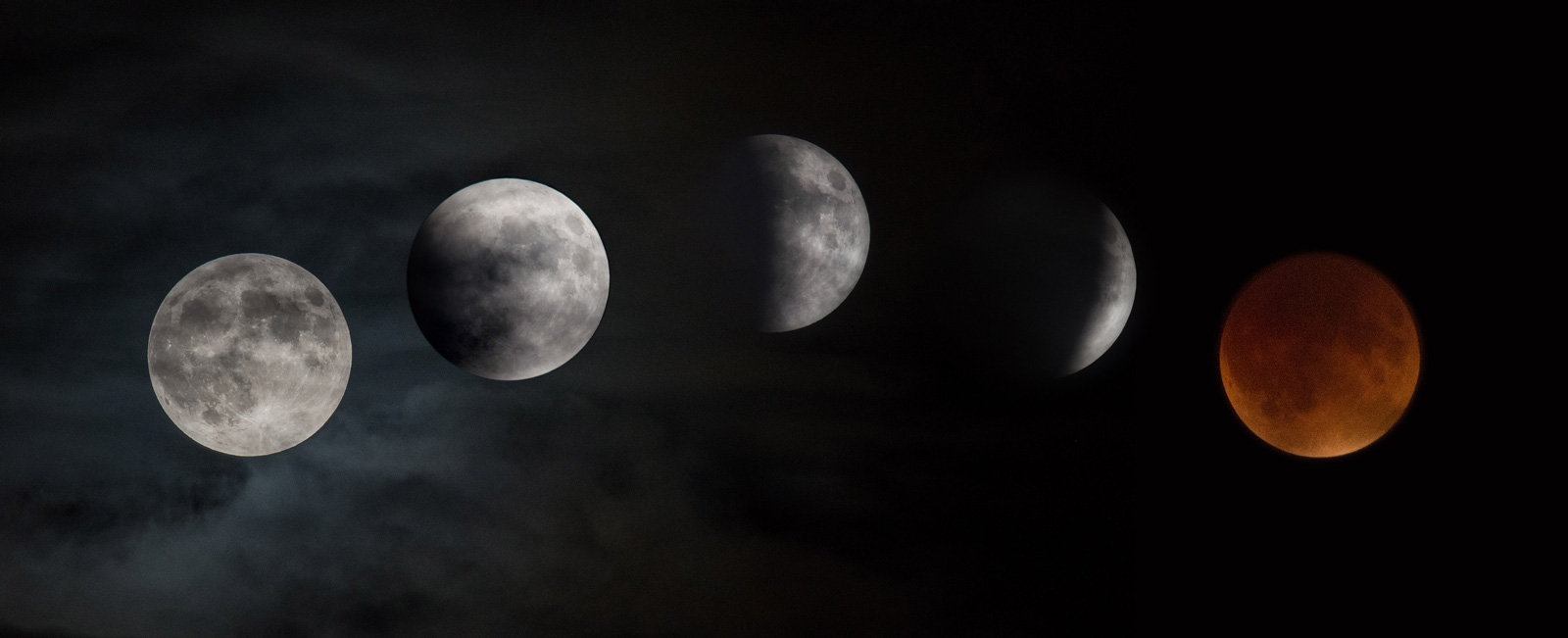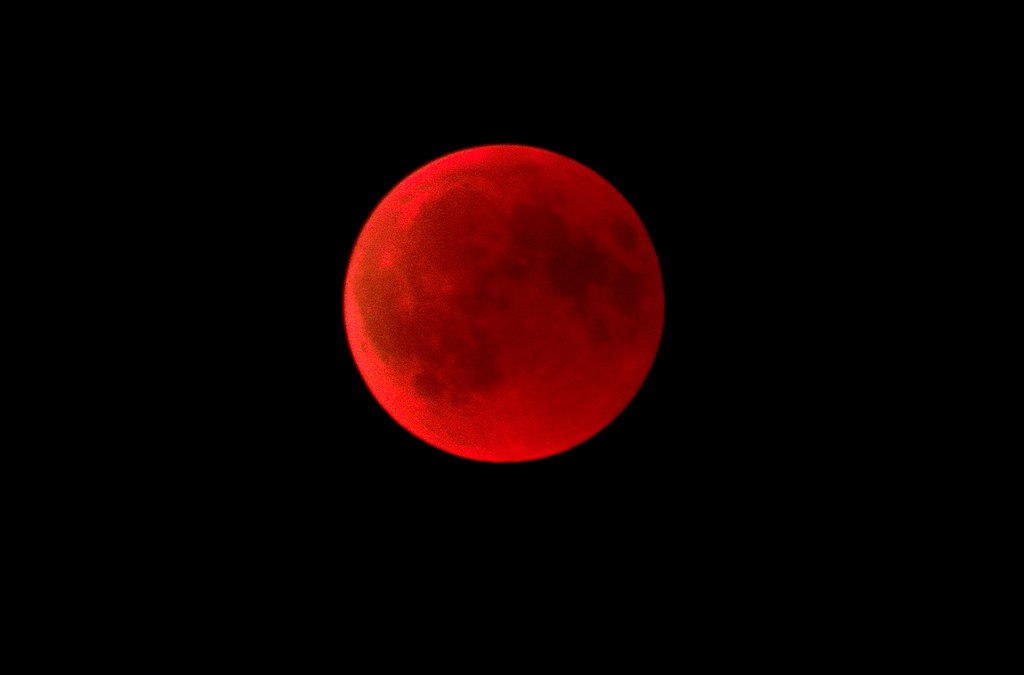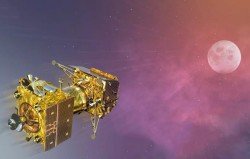Science & Technology

Nepal will witness a total lunar eclipse – a rare celestial phenomenon called ‘blood moon’ – for a few minutes today. It starts at 1:47 pm and 6:34 pm.
Located on the bright side of the earth for Tuesday’s event, Nepal will miss out on the starting phase of the eclipse, but star grazers in the country can catch a glimpse of the total eclipse for a few minutes before it turns into a partial eclipse.
According to timeanddate.com, the eclipse will start in eastern Nepal, especially in the north-eastern parts of the country, and gradually move towards the west.
The total eclipse will start at 5:11 pm but will only be visible after sunset at 5:13 pm.
Why is it called blood moon?
The total eclipse is what astronomers call a ‘blood moon’, as the moon's colour becomes red. This is because the moon does not have the light of its own, but shines as it reflects the sunlight. But during the eclipse, when the earth comes in between and blocks much or all of the sunlight, the earth's shadow on the moon is what we call a lunar eclipse.
When the earth casts a shadow, the light from the sun gets refracted (bent) and diffused. As red colour travels at the highest speed among the seven colours in the sunlight, it bends the least when it reaches the moon. So the diffused red light makes the moon appear red.
This is the second total lunar eclipse of this year; the first one was in May. The next one will not happen until March 2025, although many partial lunar eclipses will be visible in the intervening period.
Is it safe to watch with the naked eye?
Unlike a solar eclipse, watching a lunar eclipse does not expose your eyes to direct sunlight; hence, it is safe to view directly during the entire eclipse process.
According to the American space agency, NASA, a lunar or solar eclipse is a natural phenomenon. It is like sunrise and sunset. So it is safe to see with your naked eyes. But, if you are still hesitant about it, then look through the telescope instead of looking directly at the lunar eclipse. You can use binoculars, telescopes, or online videos to see the lunar eclipse.
When and where to look

The eclipse duration, including the partial eclipse after the total eclipse in Nepal, will last approximately an hour and 23 minutes and ends at 6:34 PM.
The moon being at a low angle on the eastern horizon will be hard to see in Nepal, but places with no obstacles at the horizon can see the event quite clearly. The exact angle of the moon from the horizon of Kathmandu, which astronomers call altitude, will be 2.5 degrees when the total eclipse ends.
So there is a low possibility of observing the blood moon at its full vengeance. The possibility will be higher as we move towards north-eastern Nepal.
With limited luck in observing the blood moon, there is a very high chance of observing the partial eclipse, which occurs in the latter half of the total eclipse, as the moon will be higher in the sky and will also be a little brighter compared to the total eclipse.
Lunar eclipse in Nepal [in phases]
| Partial eclipse starts at 1.47 pm (all time NST) Total eclipse starts at 4.01 pm Maximum eclipse at 4:44 pm Total eclipse ends at 5:26pm Partial eclipse ends at 6:34pm |






